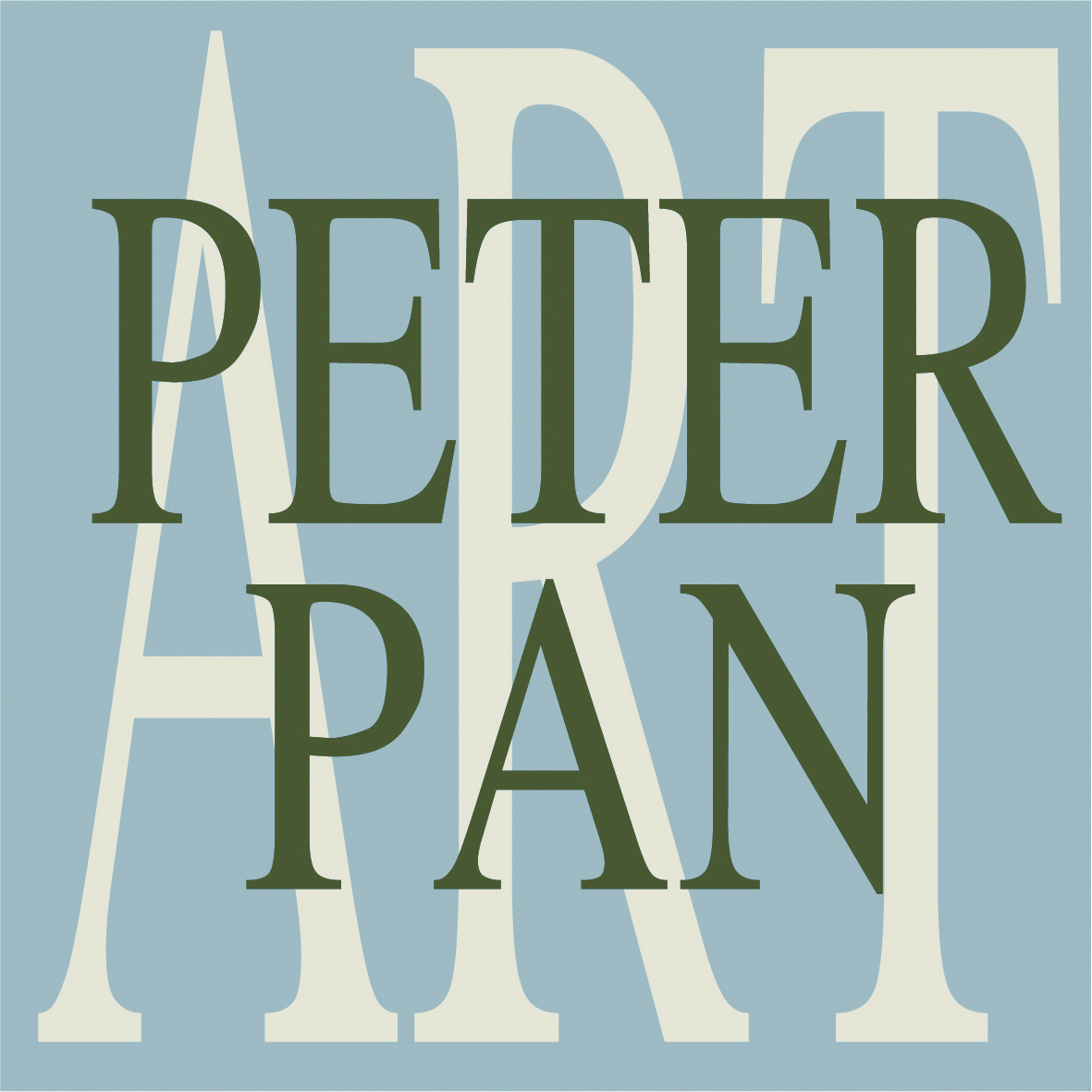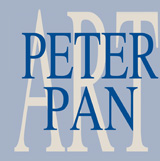
Anul aparitiei: 2020
Număr de pagini: 240
Format: 16,5/21 cm
Autor: Cătălin D. Constantin
Concept grafic: Cătălin D. Constantin
Translation: Mihai Murariu
Lecturer: Dan Bora
Proof reading: Alyssa Grossman
Language: English
text, film and photography by CĂTĂLIN D. CONSTANTIN
This book offers a new way of looking at the geographical spaces occupied by urban squares, proposing a different perspective on European urban squares. This might strike one as a bold statement, but it should first and foremost be taken literally. The photographs in this book, taken with a professional drone, show an aerial view of squares in a number of historical European cities. Famous squares in well-known cities across Europe, from Lisbon to Istanbul, are presented alongside lesser-known but no less interesting squares.
Drone photography offers a bird’s eye view. This is one of the few instances where technical and artistic languages successfully overlap. The bird’s eye view is, almost without exception, spectacular. This view reveals something we might have only intuited until now: a deeper structure, which points to a new perspective on squares in a figurative sense as well.
The physical spaces of urban squares are the main theme of this book. Aerial photographs taken with a professional drone offer a different perspective on the European square. This might seem like a bold proposition, but it should be first and foremost taken literally. One cannot see the entirety of a square from street level, except perhaps in some cities where climbing the creaky stairs of a cathedral tower offers a broader vista from a higher vantage point. The question of altitude may seem like a banal starting point, but it has important visual consequences, particularly for understanding the square as a historical and cultural phenomenon. These bird’s eye view images present a successful overlap of technical and artistic languages, revealing something we might have merely intuited until now: a deeper structure. And so, there is a chance that our figurative perspective on squares will also be revised. Despite their differences, squares have much in common, from their broader functions to the ways in which they reflect aspects of people’s lives. And all squares have something obvious in common: they do not exist in isolation − they are located within a settlement. Looking at how a square relates to its surroundings is the clearest method for defining its anthropological and visual nature. Whether it evolved organically, or was built according to planned diagrams and grids, the structure of a city presents a fundamental tension between the space of the square and space outside it. This is immediately visible only from above: open space versus closed space, a space of motion versus a stationary space. In Cities for People, Jan Gehl defines the difference between the two parts of the city: ‘While streets transmit the idea of motion – “move along, please!” – on a psychological level, squares suggest leisure. The circulation spaces ask us to “move, move!” while the square says: “let us stop and see what is going on here!” As basic units of a human scale, the feet and the eyes have left indelible marks on the history of urban planning. The basic units of city architecture are spaces of motion – streets – and of perception – squares.’
To a certain degree the selection of squares to be presented was subjective, however these squares are also among the best examples I was able to find to illustrate the historical, conservation, and urbanistic arguments presented in this book. I relentlessly favoured the lesser known and less travelled squares, although some famous squares do appear in the following pages. A number of European countries significant to the study of squares are missing for a technical reason: drone photography is not legally possible and, in the meantime, in many of the countries where I had taken images, drone photography has become restricted for legal reasons. The ninety-nine squares, many relatively unknown, which comprise this book barely begin to scratch the surface of this topic. For the hundredth square, I invite you, the reader, to round off our walk by including your own favourite.




